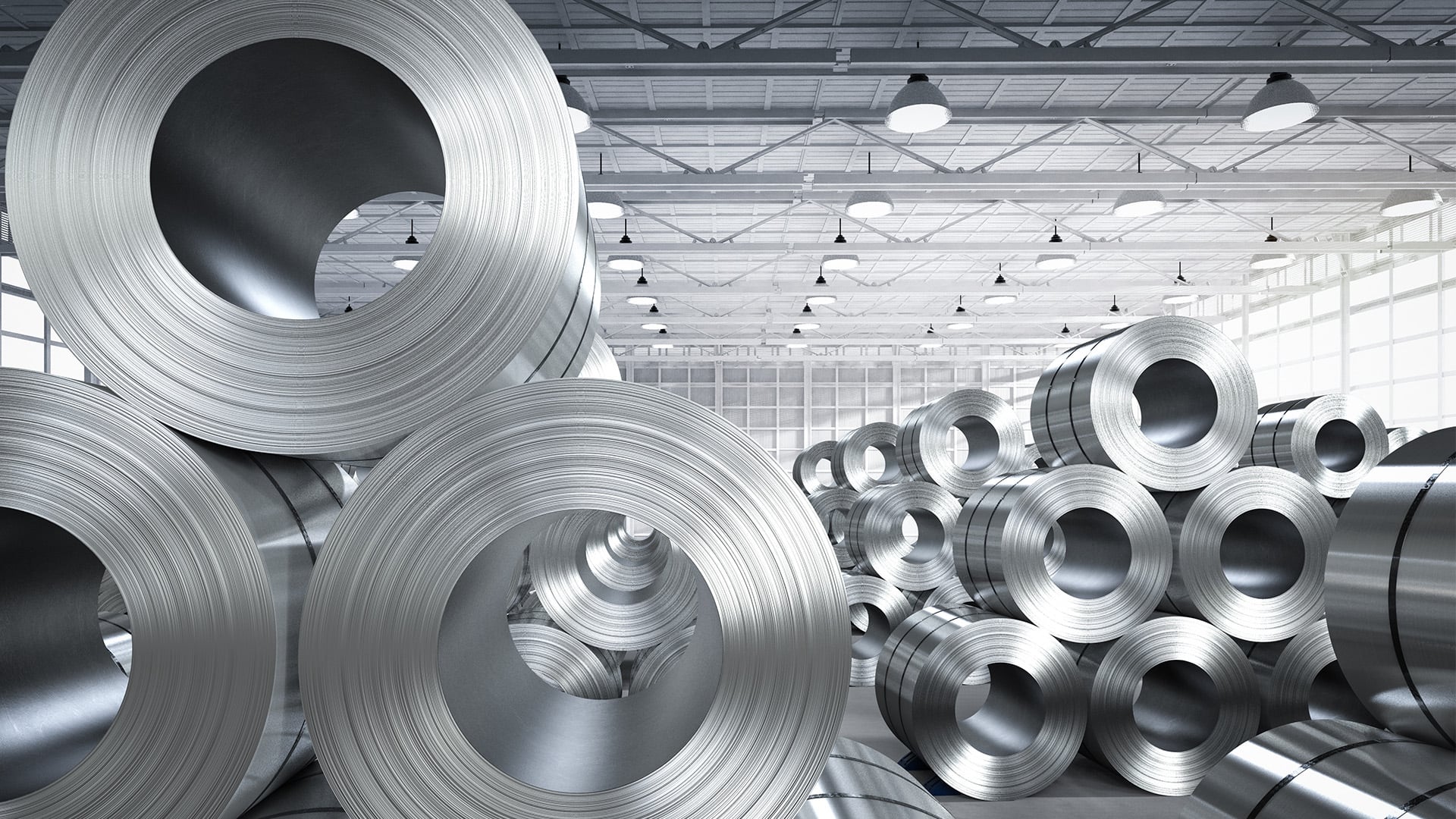1. Structural Changes: Heat treatment in stainless steels can alter the material's crystal structures and microstructure, improving its mechanical properties. This can make the material stronger, more durable, and increase its strength.
2. Hardness Enhancement: Heat treatment can increase the hardness of stainless steels. This property allows the material to perform better in processes like cutting, forging, or shaping.
3. Corrosion Resistance: Some stainless steels can undergo heat treatment to enhance their resistance to corrosion, especially in high-temperature or chemical environments. This is crucial for parts used in chemical processes or in salty environments like seawater.
4. Adjustment of Mechanical Properties: Heat treatment can be used to customize the mechanical properties of stainless steels for specific engineering applications. This is important for specialized engineering applications that require resistance to different temperatures, pressures, or loads.
5. Annealing: Heat treatment can assist in annealing stainless steels. Annealing relieves internal stresses and helps stainless steels behave more stably.
In summary, heat treatment in stainless steels is used to enhance the material's mechanical properties, increase its resistance to corrosion, and make it suitable for specific applications. Heat treatment is a crucial tool for customizing the properties of steels to meet specific requirements.
